Everyone, there is no superiority between round and baroque pearls; it all comes down to personal preference. The shape of a pearl does not determine its quality. Shape is a matter of taste and values. The quality of a pearl is influenced by its luster, the thickness of the nacre, and the presence or absence of wounds. Of course, round pearls are suitable for formal occasions. However, when such conditions are not present, you can choose either round or baroque based on your preference. It is important to select pearls with thick nacre and strong luster, considering your budget. Some people might even say, “I prefer pearls with thinner nacre,” and that is also a matter of personal value.
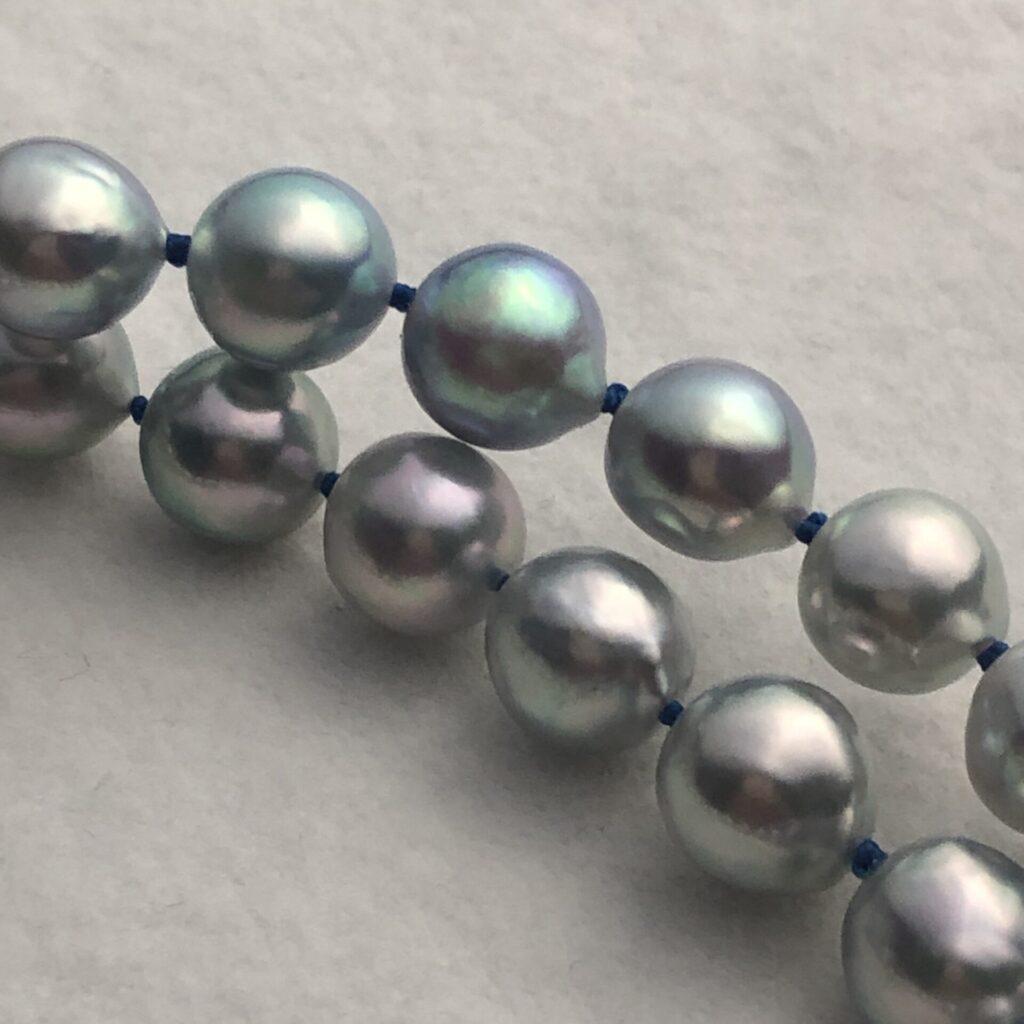
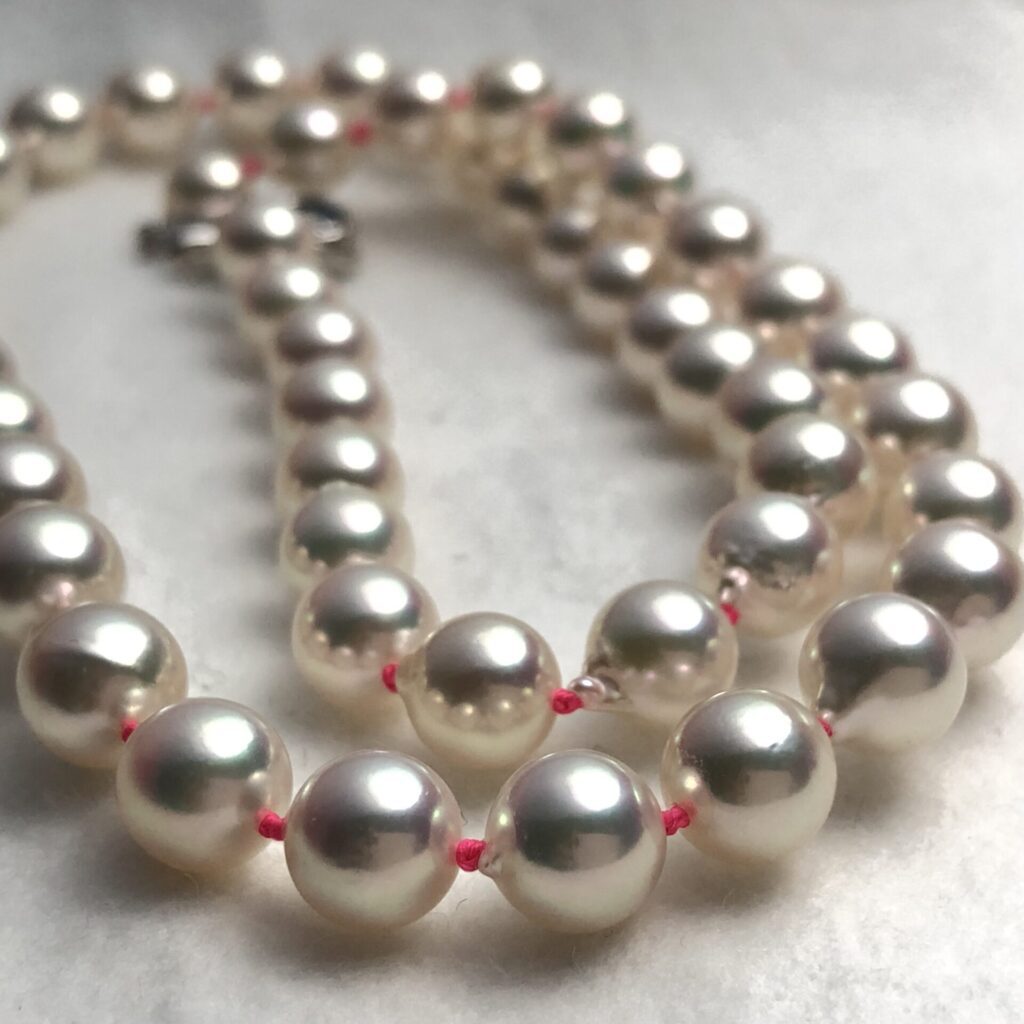
In fact, over 80% (Actually 100%)of pearl farmers, processors, and wholesalers say they prefer baroque pearls over round ones. The reason is “because they are well-coated.” “Well-coated” means that the nacre is thick. Just like a new ball of yarn has more yarn “wrapped” around it, thick nacre means the pearl is well-coated. Therefore, professionals in the pearl industry often prefer thick-nacre baroque pearls. However, they recommend “round” pearls to consumers. Why? Because many end-users strongly believe that “round is the best!” This is just my personal opinion, full of bias and prejudice. If someone prefers round pearls, that’s fine. However, I want to address the stereotype that “round pearls are better” or opinions influenced by others.

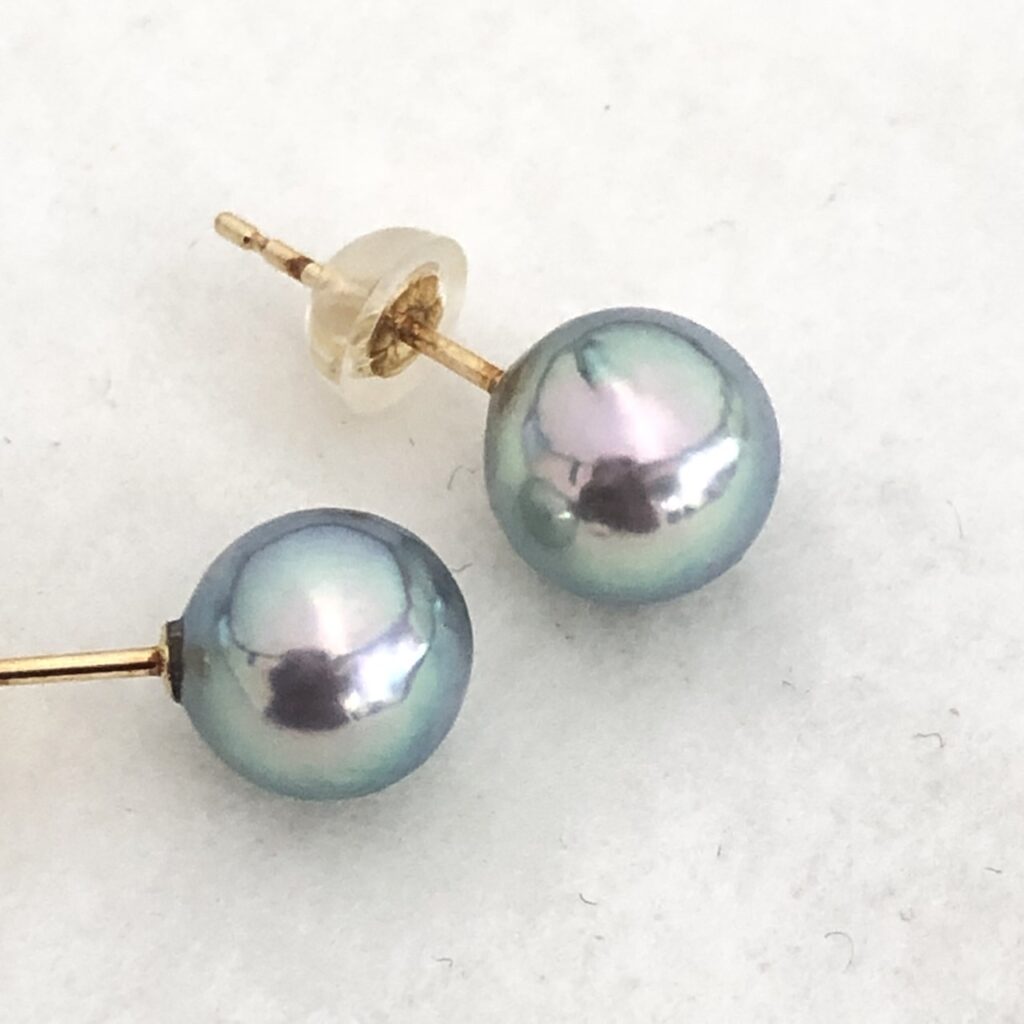
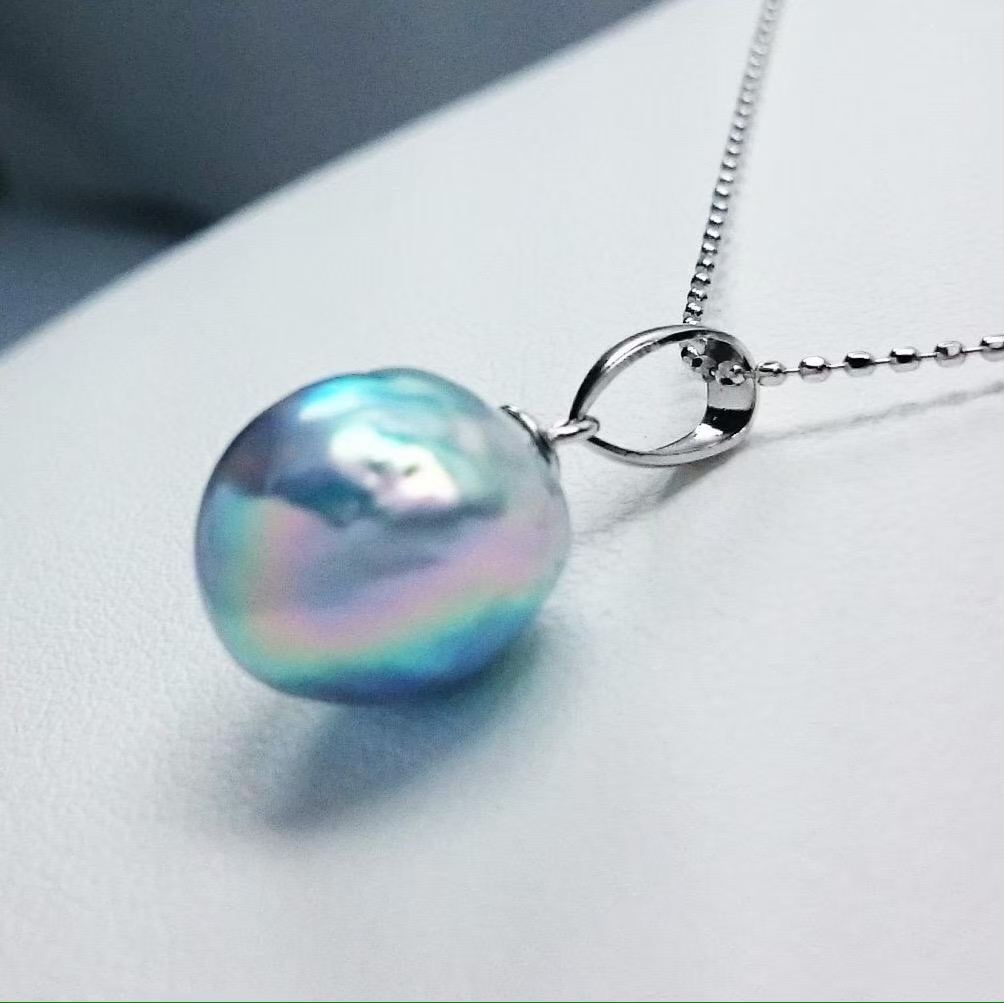
As you know, pearls have fascinated people worldwide for centuries, often referred to as “drops of the moon” or “mermaids’ tears.” They were known in Egypt around 3200 BC, and the story of Cleopatra dissolving a pearl in vinegar is famous (though I tried this experiment and it didn’t dissolve). In ancient times, natural pearls were rare and mostly baroque. It was thanks to Mikimoto Pearls that round cultured pearls became common. Originally, baroque pearls were mainstream, but with the advent of cultured pearls, round pearls became the standard. The idea that “round pearls are the best” was established by the Akoya pearl industry. Many pearl dealers say, “We talked so much about round pearls being good that the value of baroque pearls decreased. But pearls are not about shape, it’s about nacre thickness and luster. If those are good, a few wounds don’t matter.” From this, I am driven by the mission to promote the true quality of pearls, which is “not about shape, but about nacre and luster!”

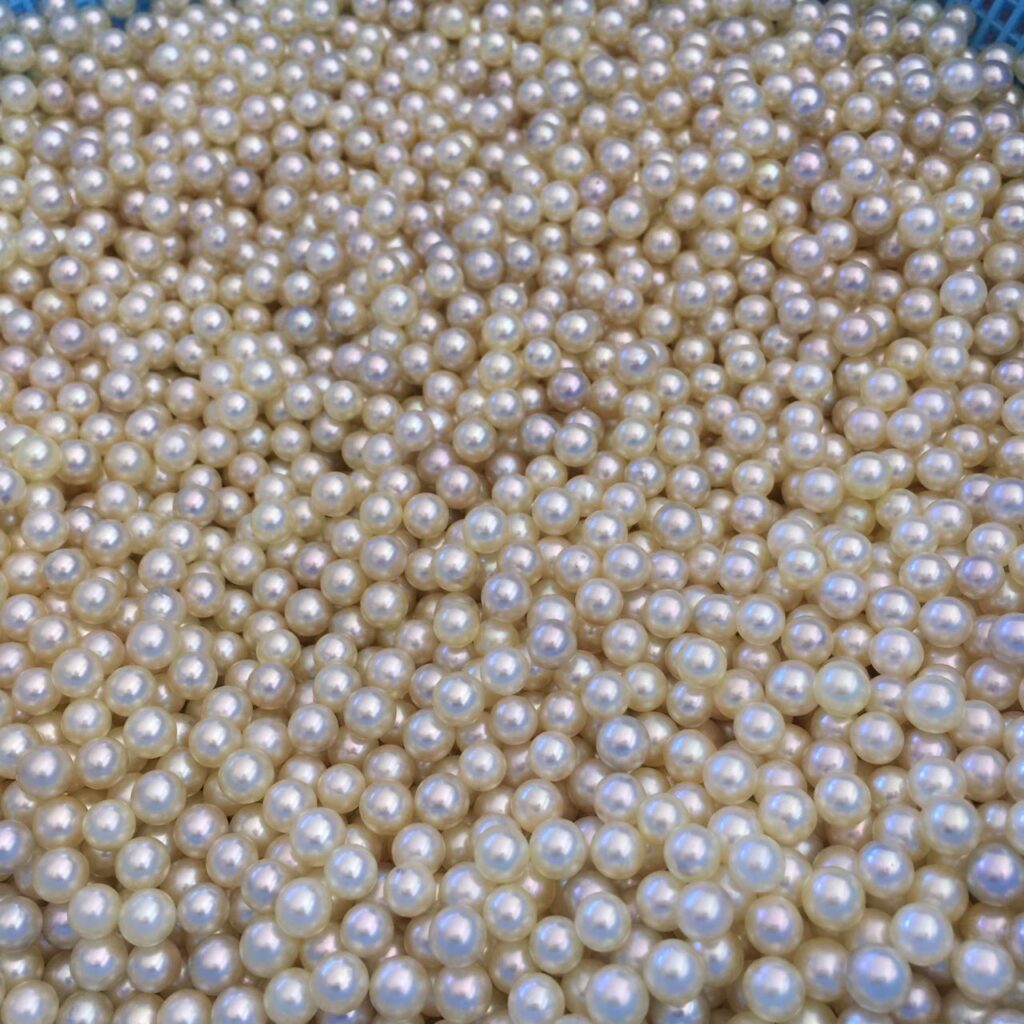
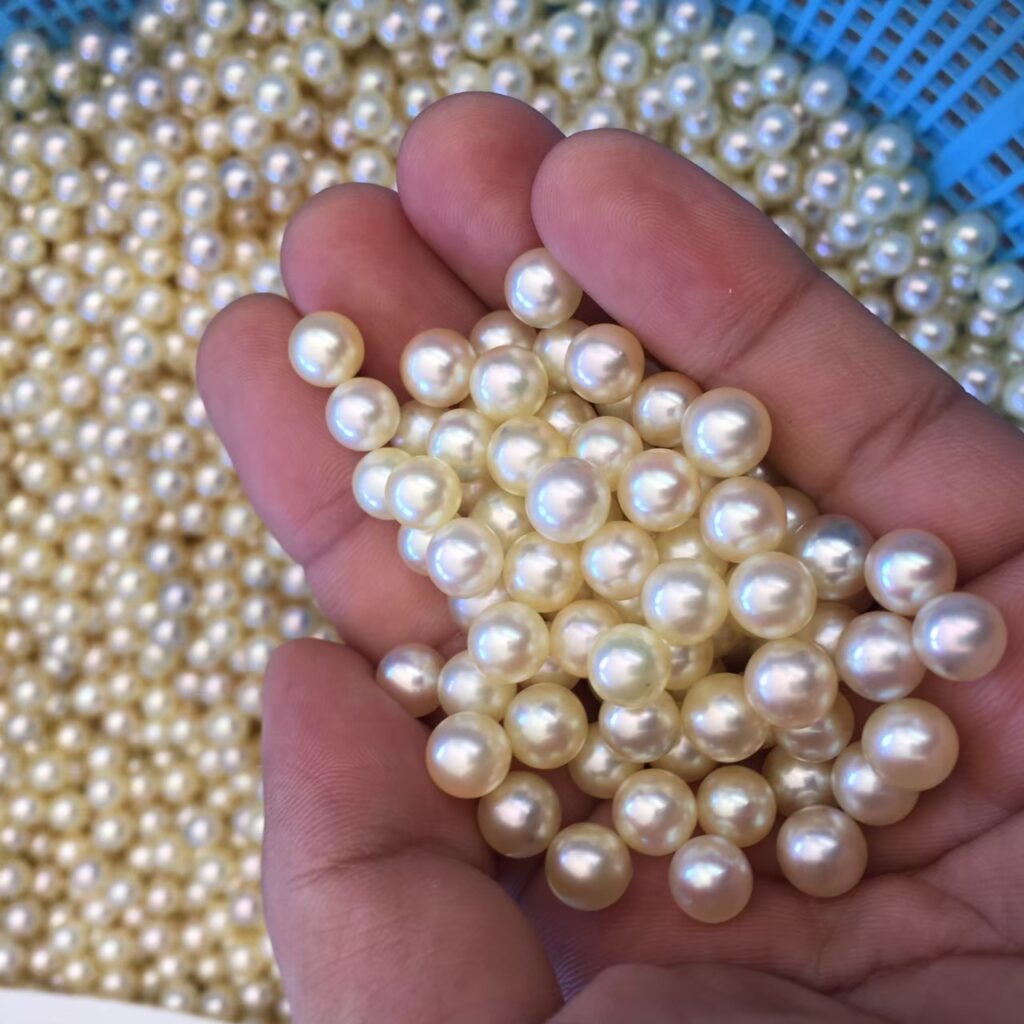
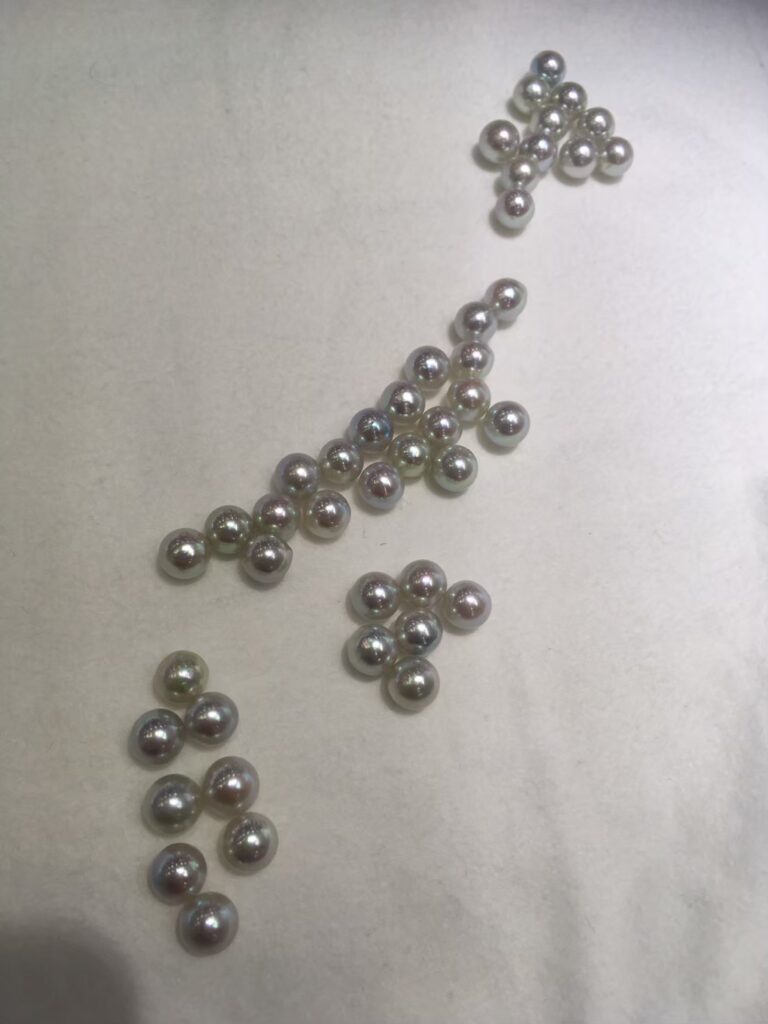
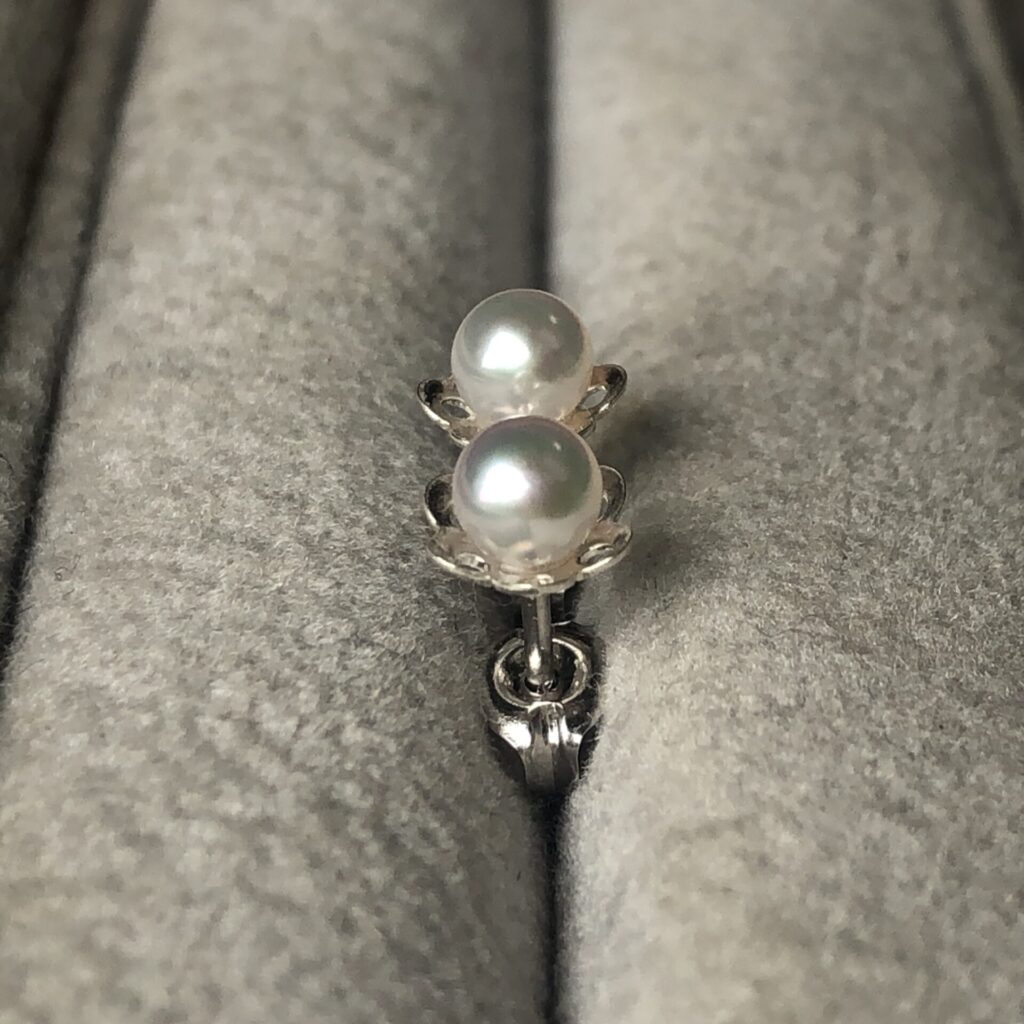
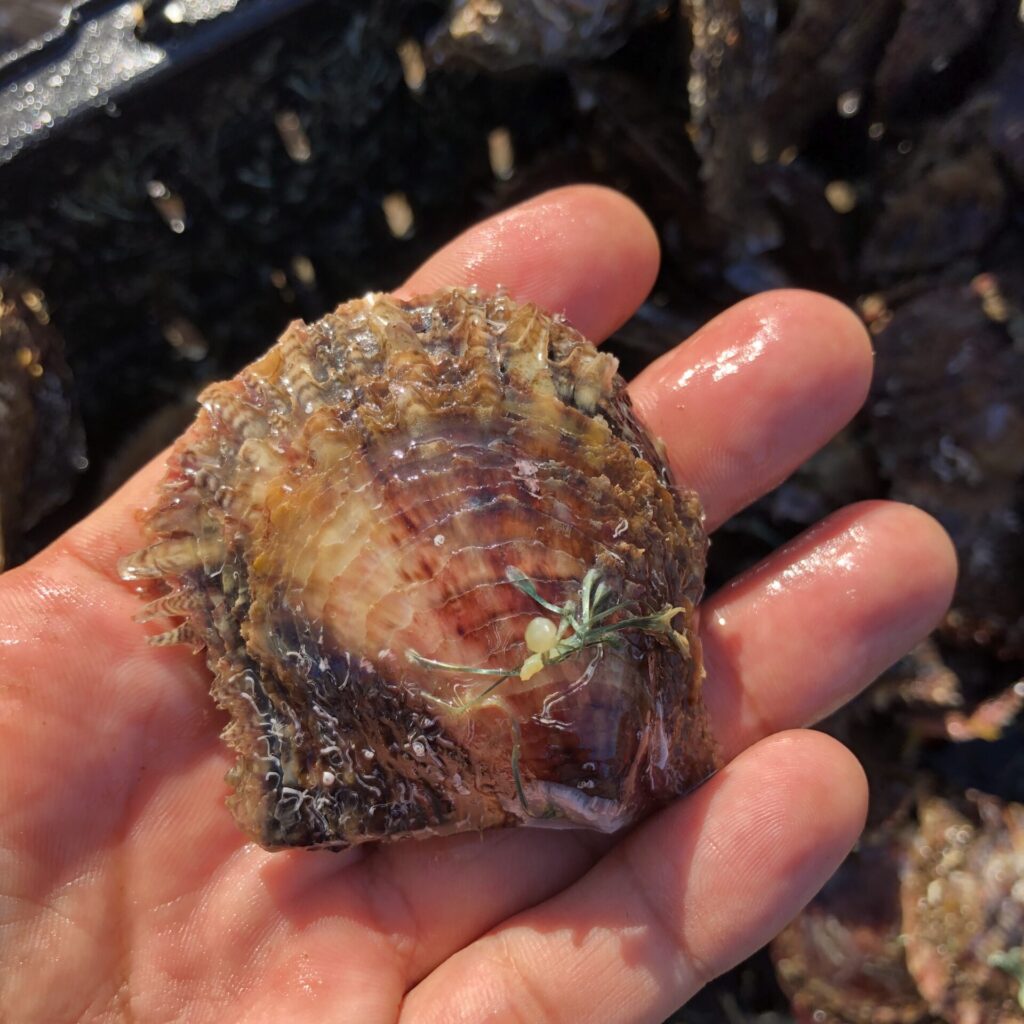

I respect the preference for round pearls, but I strongly oppose the opinion that “round pearls are good because the pearl dealer said so.” In Japan, many people hold this belief. I want to correct the industry-promoted doctrine that “round is best.” It’s unfair to devalue a pearl with thick nacre and strong luster just because of its shape. It’s like how humans are sometimes judged or not accepted because they are a bit different.
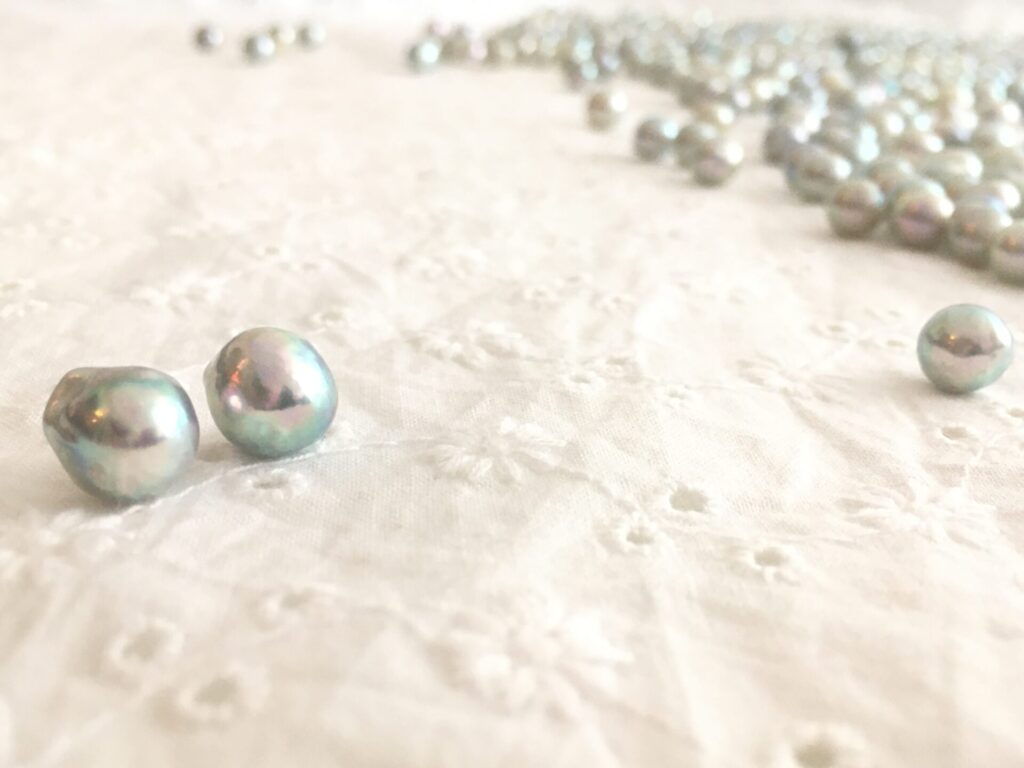
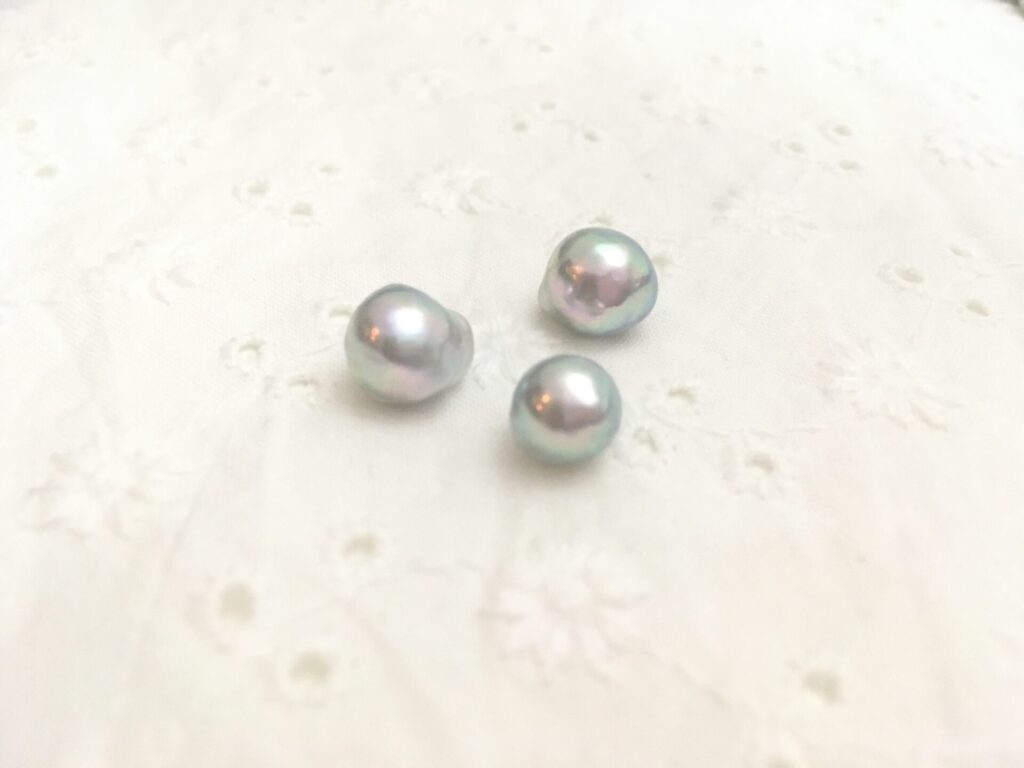

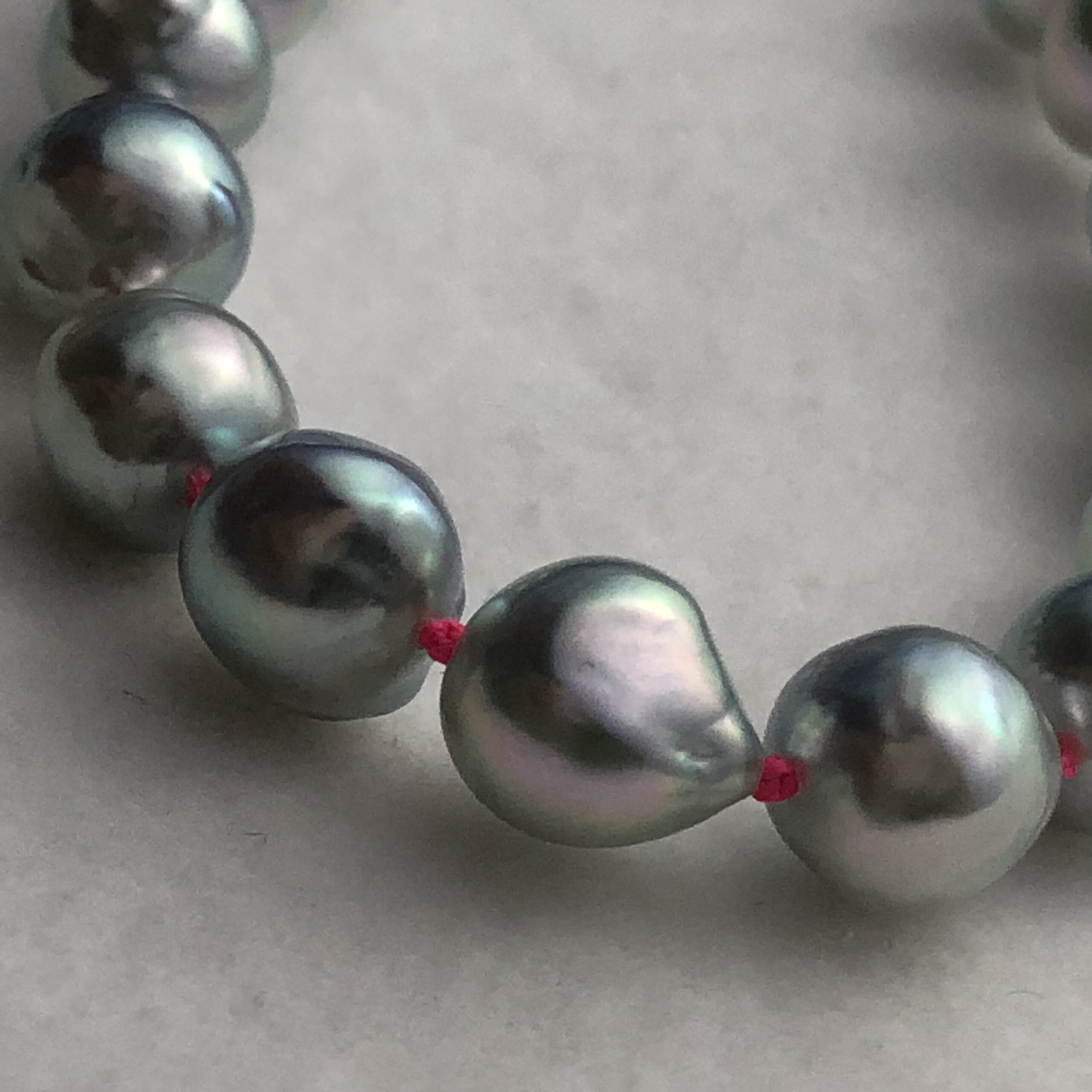
Comment